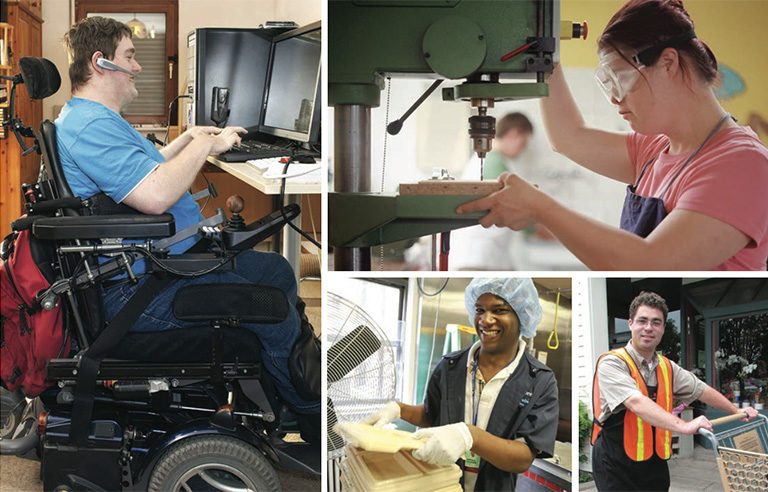New curriculum focuses on safety for workers with developmental and intellectual disabilities

Photo: NIOSH
Washington – NIOSH and the Labor Occupational Health Program of the Center for Occupational and Environmental Health at the University of California, Berkeley School of Public Health have developed a curriculum intended to teach workers with developmental and intellectual disabilities about occupational safety and health.
NIOSH cites Bureau of Labor Statistics data showing that 5.5 out of every 100 workers in vocational rehabilitation programs are injured on the job, compared with 3.2 per 100 workers in general workplaces. An assessment conducted by LOHP in 2006 found a lack of comprehensive safety training for this worker group.
Jobs performed by workers with developmental and intellectual disabilities and in “sheltered employment settings” can be hazardous, NIOSH notes. Examples of such jobs include warehouse work, landscaping services and janitorial work.
Staying Safe at Work includes six lessons:
- Introduction to Workplace Health and Safety
- Looking for Job Hazards
- Making the Job Safer
- Staying Safe in an Emergency at Work
- Your Health and Safety Rights and Responsibilities on the Job
- Speaking Up When There Is a Problem
“The curriculum uses highly interactive and fun learning activities to teach workplace safety and health skills, which are general, transferable, and can apply across all jobs and industries,” the agency states.
Post a comment to this article
Safety+Health welcomes comments that promote respectful dialogue. Please stay on topic. Comments that contain personal attacks, profanity or abusive language – or those aggressively promoting products or services – will be removed. We reserve the right to determine which comments violate our comment policy. (Anonymous comments are welcome; merely skip the “name” field in the comment box. An email address is required but will not be included with your comment.)

